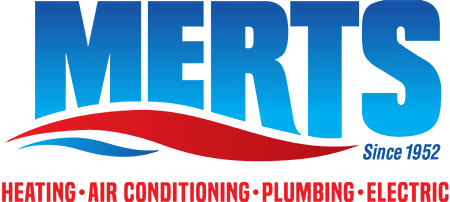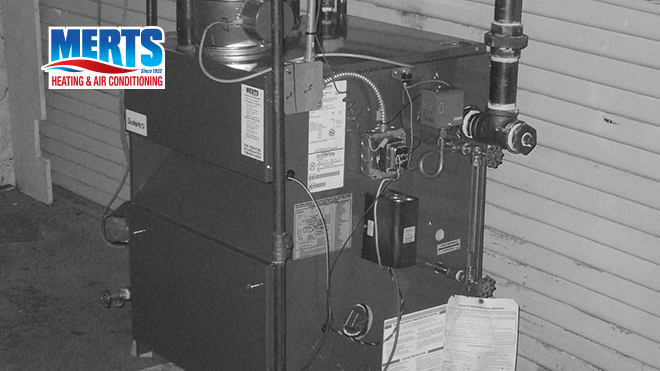The Disadvantages of a Cast Iron Boiler & Why You Should Upgrade
Historical data says the first boiler was documented around the late 1700s. It was during the early part of the 20th century that cast iron became the material of choice for the low-pressure boilers used at the time. Technological advances in design and increased demand have inspired the evolution of the cast iron boiler to the new equipment used today. The biggest issue for many current industry experts is the same technology used decades ago is still the norm for most boiler manufacturers today. Whether that is bad or good, depends on perspective, of course.
Newer technology has led to the manufacture of the high-efficiency boiler, which has a lot in common with its bulkier ancestor, but also has some disadvantages, too.
FIRST, LET’S CONSIDER THE BAD & THE GOOD ATTRIBUTES OF CAST IRON BOILERS
Cast iron boilers run at about 85% efficiency, which means that 15% of the energy produced isn’t warming anyone. Another disadvantage is the material that comprises cast iron. It’s steel with a lot of carbon impurities, making it brittle and prone to cracks or leaks. Today’s cast iron boilers are manufactured with much thinner walls than those from the past. Cast iron is difficult to clean due to its vulnerability to pitting and corrosion. Corrosion can equal a shorter lifespan.
On the other hand, cast iron has a lower upfront cost and is easier to install than the newer high-efficiency boilers. The lifespan of a cast iron boiler is often 25 – 30 years, probably one of the highest in the heating industry. Often, the warranties mimic the lifespan with offerings of 25-year or limited lifetime. Another plus is cast iron requires lower maintenance.
WHAT ABOUT THE NEWER HIGH-EFFICIENCY BOILERS?
High-efficiency boilers are just that, very efficient with ratings of 90% or more. Greater efficiency typically equals lower utility costs. High-efficiency boilers are also a cleaner energy source, making them more environmentally friendly. The energy savings could even qualify for federal or state rebates.
There are several disadvantages to a high-efficiency boiler, however. The upfront costs tend to be much higher than cast iron, but the energy savings may offset that in a short amount of time. With regular maintenance, the lifespan of the high-efficiency boiler is about 15 – 20 years, or about half the lifespan of a cast iron boiler.
WHAT’S THE BOTTOM LINE?
There is no right or wrong answer when considering which boiler is best for your situation. There are upsides and downsides to both a cast iron and high-efficiency boiler.
If you’re experiencing a decrease in heating efficiency and an increase in energy costs, it’s probably time to consider a furnace replacement. Let a Merts Comfort Specialist evaluate your home and needs. They have the knowledge and expertise to help you make an informed decision about the boiler that is best for you.

